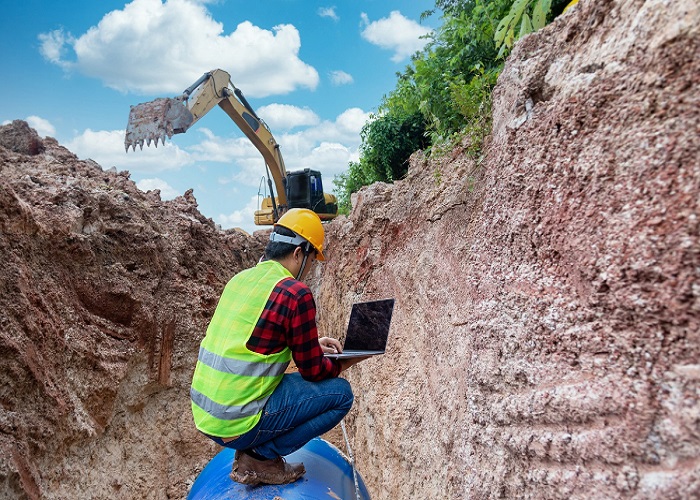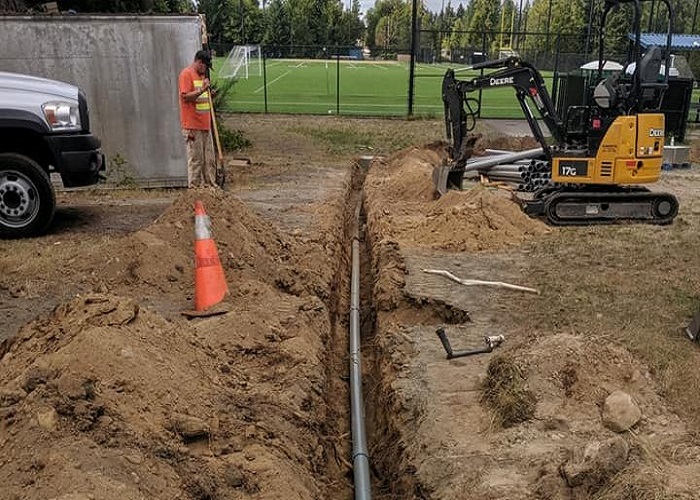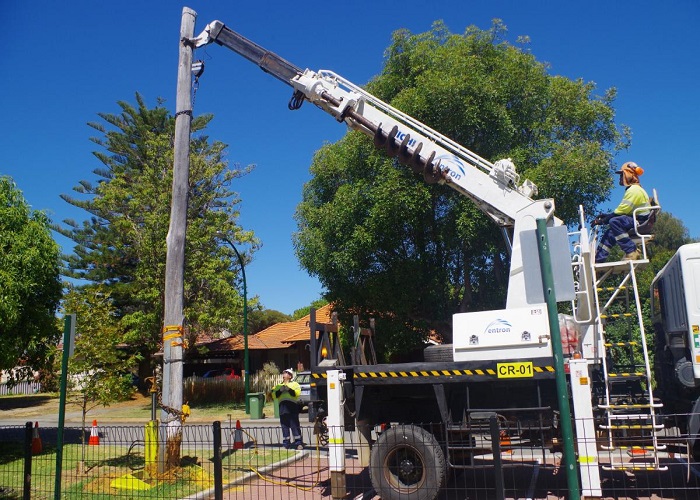Phase I: Trenching
In this phase, crews create a trench and install round plastic conduit below the surface of the roadway. The crews will also trench up to each of the homes and businesses at this time. This is the most community impacted phase of construction and typically can be expected to last 9 to 12 months. On average, most trenching crews can perform 100 feet of trenching or more per day, so trenching operations can be expected to be in front of any particular home or business for just a few days. During this phase, a separate electrical contractor will be working on the electrical panels of the individual homes and businesses in order to prepare them to receive the new underground service.


Phase II: Cabling
In this phase, technicians place new utility lines within the new conduits. The new lines are then energized and brought into service. Residents will most likely hardly notice the few crews who perform this work as this work has very little community impact. This phase can be expected to last between six to nine months. During this phase, residents will probably notice the new transformer and cable boxes and pedestals being placed above ground near the curbs. These boxes are necessary for the underground system and cannot be placed underground for system reliability reasons.
Phase III: Cut-Overs
Once a new underground system is in place and energized, and all properties have been prepared to receive underground service, all properties are switched over from the overhead lines to the new underground systems. This phase will typically take one to two months.


Phase IV: Pole Removal
When 100% of properties have been switched over to the new underground system, the overhead systems are de-energized and removed. This phase can last two to three months.
OUR CABLING PARTNERS
The Legitimacy Of Our Work And The Safety For Our Workers and Vendors Is The Utmost Important To Us





